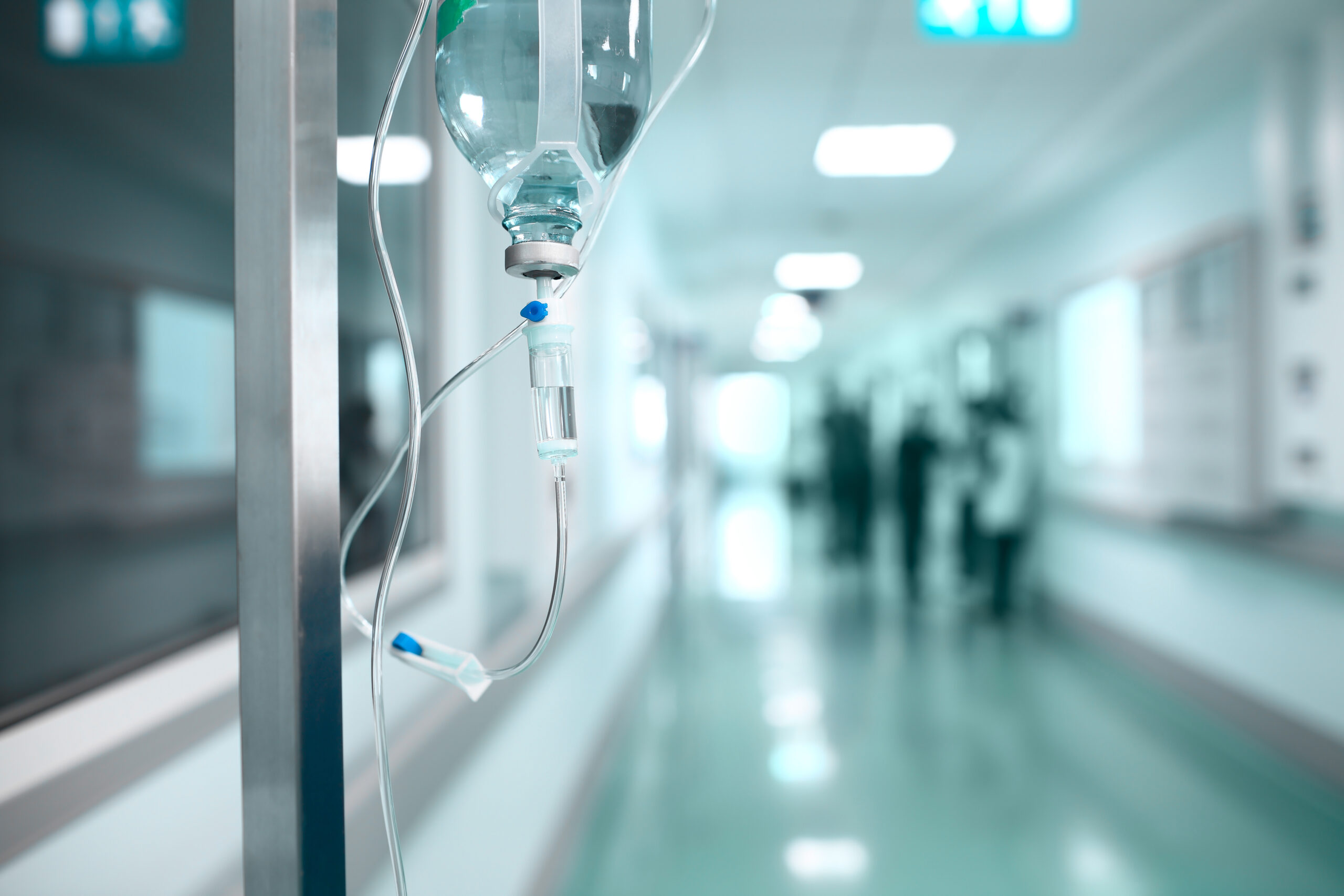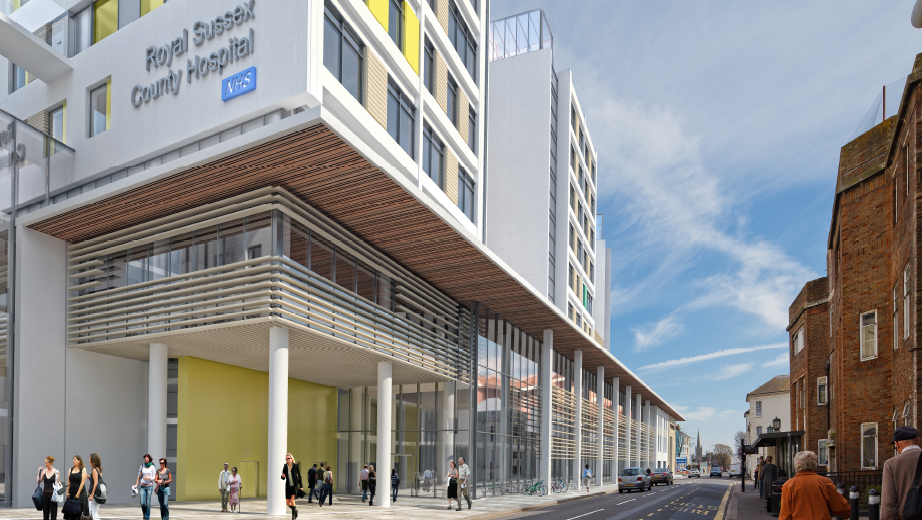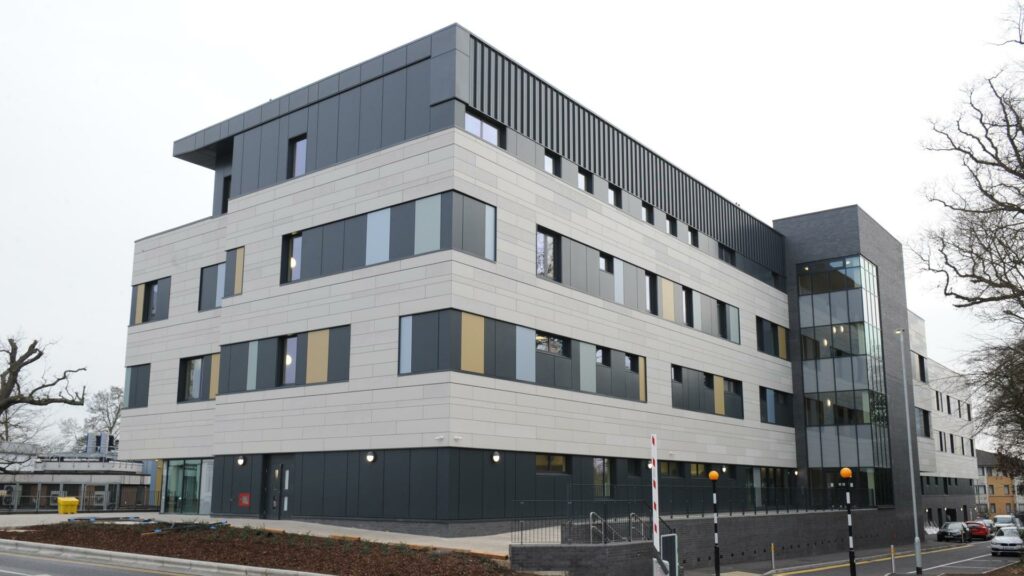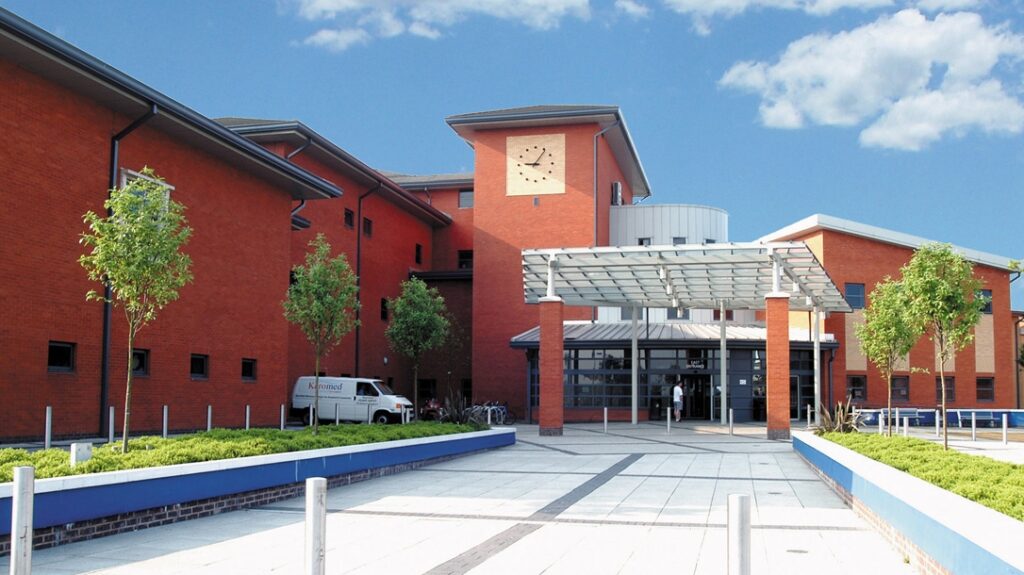Amanda Hope Investigates Fire Protection on the Frontline: The Critical Role of Fire Protection in Healthcare Facilities

In May 2021, sparks in a ventilator ignited a deadly blaze in the intensive care unit of a Covid-19 treatment building at an Indian hospital. Investigations into the incident later revealed a variety of gaps in the building’s fire protection measures.
While incidents of this severity are thankfully relatively rare, this tragic example serves to remind us of the particular risks associated with healthcare settings. The presence of countless fire hazards, the difficulties of effectively maintaining fire protection across large and complex sites, combined with a high density of people – many of whom are very vulnerable – all serve to underline how easily fire can bring essential services to a standstill, put lives at risk, and at worst lead to needless loss of life.
The standard of fire safety in healthcare facilities is directly related to the quality and effective implementation of the fire risk assessment as well as the adequate provision of physical fire protection. At the core of many of these physical fire protection measures is the fire alarm control panel, with the most sophisticated of these capable of addressing the day-to-day challenges encountered by hospitals, clinics, care homes and their staff.
Immediate and Uninterrupted Notification of Alarm
Hospitals are complex, often combining old and new buildings and spanning tens of thousands of square metres, with numerous departments such as A&E, critical care, specialist treatment centres, operating theatres and wards. In these settings networked fire systems deliver the greatest benefits.
Networked fire systems can be relied upon to control evacuation procedures from a central location, or various locations, and can be programmed to effectively reduce the number of false alarms. They work with third-party systems to control the release of suppressants, operate smoke control systems, manage the closure and release of fire doors, link to graphical control systems and interact with building management systems (BMS). To do all of this effectively, the fire panels installed on these sites must communicate instantaneously with one another across vast networks, with miles of cabling. These systems need to work quickly and reliably, and process large numbers of changing signals in the event of a real fire situation. On larger healthcare sites, seconds count and fast systems are highly valuable in maximising the time for verification, escape and firefighting.
The MxPro 5 and Axis EN ranges of fire alarm control panels from global fire systems manufacturer Advanced, offer some of the industry’s most comprehensive and state-of-the-art networking capabilities. Advanced networks can be configured to allow the inter-connection of up to 200 panels (nodes) in a fault-tolerant configuration, relaying fire alarm signals across a complete 200 panel system in just 3.5 seconds. Using EN54-13 approved panels gives peace of mind that the system is designed and tested to continuously monitor network activity and ensure each panel performs in a fire situation.
Practical Solutions for Sensitive Notification of Alarm
Nurse Workstations
In critical care areas such as intensive care units, patients are often immobile and likely to be connected to medical equipment. In a fire scenario, staff responsible for high-dependency patients need to be able to monitor the situation as it evolves, without causing panic and distress for those in their care. For this reason, sounders and speakers aren’t always required, and instead, fire system repeater panels can be used.
Repeater panels, located in strategic locations such as nurse workstations, provide early notification of any fire detection events as well as system monitoring. Discreet and early notification affords staff time to prepare, and up-to-the-minute system status information enables them to make educated decisions on when it’s best to remain in place, shelter or evacuate.
Advanced offers four types of remote terminal to complement its fire panels, each providing varying levels of control and functionality depending on requirements. TouchControl is a low-profile, high-resolution 10-inch touchscreen that lets users check the status of the fire system using interactive site maps and zone plans. Ideal for use in public areas such as wards and hospital wings thanks to its low-profile design, the panel complements a wide range of interiors and has the added benefit of being able to display notices and presentations when in standby mode. The screen instantly reverts to fire operation as soon as it is touched, or a fire condition occurs.
Staff Paging and Deaf Alert
Advanced is witnessing increasing demand from healthcare premises for discreet methods of alerting staff to fire alarm communications, particularly when they are working in areas with vulnerable patients.
A radio-based messaging pager can be used to both subtly alert staff, without causing panic to patients, and to provide notification to the hard of hearing to the need to evacuate in emergency situations. This is particularly important for healthcare facilities which are required to meet legal obligations pertaining to disabilities. For example, in the UK, premises are required to ensure that they are Disability Discrimination Act (DDA) compliant.
LifeLine is Advanced’s three-in-one ESPA pager unit that delivers deaf and hearing-impaired alerts, detailed fire paging for engineers as well as instant staff paging. LifeLine provides clear and instant transmission of fire alarm alerts, information and emergency communications via personal pagers, it can be integrated into the fire system and is designed for compliance with BS 5839-1 section 18.
Flashing Beacons and Strobes
Flashing beacons or strobes provide another valuable way of discreetly notifying healthcare staff of a fire situation in cases where an audible alarm may cause issues. These visual warning devices are intended for use as part of the fire alarm system, but it is important to remember to choose those that have been independently certified to meet the requirements of the EN 54-23 product standard.
Although full consideration must be given to any patients and staff who may be photo-sensitive or adversely affected by flashing lights, beacons and strobes can deliver effective warning of a fire emergency.
False Alarm Management
False and unwanted fire alarms are one of the biggest issues in fire safety and building management today. They not only leave occupants confused and troubled but can also lead to complacency and a failure to take proper action if/when a real fire occurs. They are also increasingly subject to penalty charges from fire and rescue services across the globe.
A high-performance fire system should offer the flexibility to accommodate the various evacuation strategies required in healthcare settings. False alarm management (FAM) generally uses detection methods and human verification of alarms to help reduce the incidence of false alarms. For example, algorithms in detection heads can increasingly differentiate between false signals such as steam or burning toast and actual fires.
Panels can also allow detectors to work smarter, using double knock (operation of two detectors) or coincidence (both combined smoke and heat detection elements operating) to confirm a fire. The system can respond differently to heat and smoke (with multi-sensors) and for programmable detector sensitivities. Alarm verification times and investigation delays can be programmed to operate at different times of day, allowing strategies to be configured relevant to the level of staff on duty or if the usage of an area changes. Systems can also include dedicated input devices that are manually operated when a false alarm is suspected to allow trained staff to extend an investigation period, so that a local alarm signal can be verified before escalating.
To highlight some of the solutions to the challenges faced in care homes, Advanced has published AlarmCalm – Complete False Alarm Management for Care Homes. The document outlines the features of Advanced’s AlarmCalm false alarm management solution and its key components, as well as providing an overview of the areas within care homes where different false alarm strategies may be required, based on risk, building design and resident needs.
Integration with Third-Party Systems
A high-performance fire system, capable of interfacing with third-party BMS, smoke damper control, sprinkler monitoring or HVAC systems, offers the user a host of advantages. By consolidating data from HVAC, energy, security, CCTV and life safety applications onto one system, the user gains facility-wide insight from a single workstation – benefiting from improved reporting, information management and decision making.
Against a backdrop of increasing pressures to drive down costs amongst healthcare operators without compromising protection, operational efficiencies can be gained through the integration of the fire system and BMS, thanks to the reduced requirement for additional staffing, simplified training and fewer false alarms.
Advanced’s BMS interface allows any MxPro 5 or Axis EN system to interconnect and communicate with independent third-party building management system, as well as PC-based graphical control systems. This allows the fire system to be managed using existing fire or facilities management systems. In larger sites, such as hospitals, multiple BMS interfaces can be connected to an AdNet network allowing independent connections to a wide range of control systems.
As we have seen, the fire protection requirements for healthcare premises are wide-ranging. They require meticulous planning and customisation to accommodate an array of building uses, staff and patient needs. Ensuring that the systems installed are completely reliable and fully functioning at all times has to be given the highest priority in these critical settings. Advanced continues to gather feedback from its many healthcare customers and innovates accordingly to help simplify the complex task of keeping healthcare premises compliant and their occupants safe from fire.











